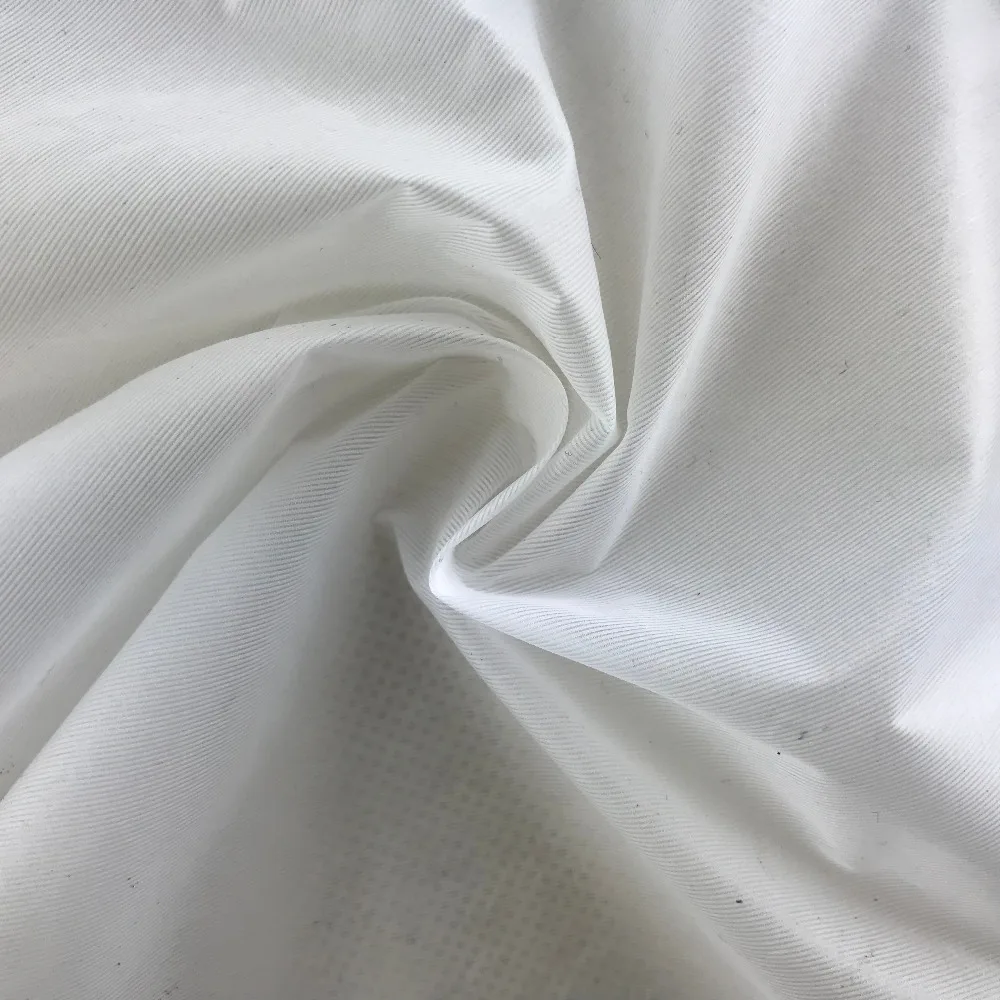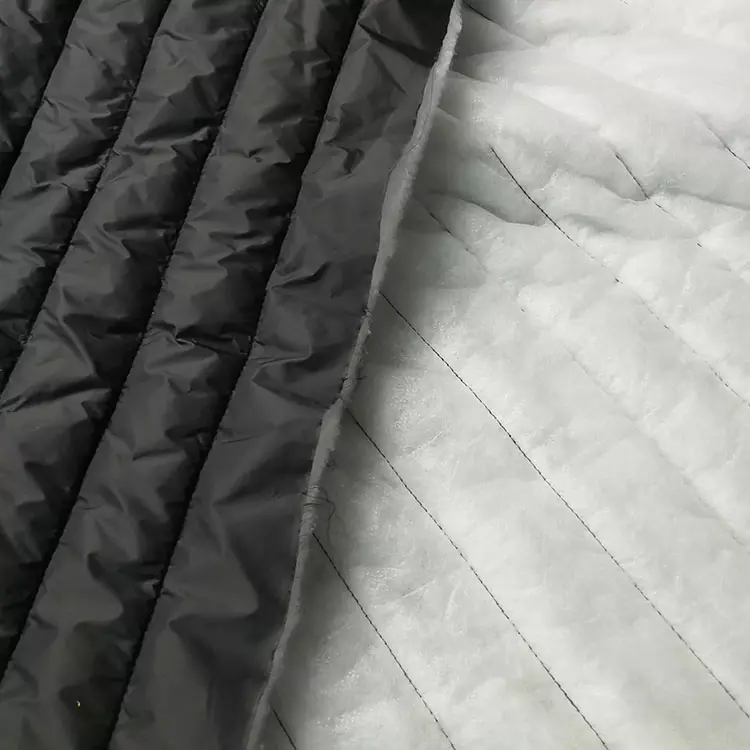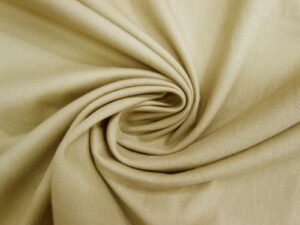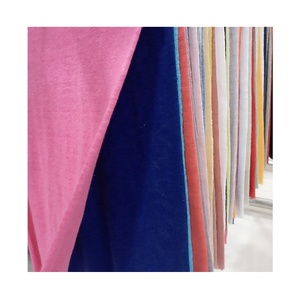How to Match Nylon and Taffeta Textures?

Introduction
Fabric compatibility is crucial in fashion and sewing, as it influences the final look and feel of garments and decor. Nylon and taffeta are two fabrics that often raise questions about their compatibility. In this article, you’ll discover whether these fabrics can be mixed successfully, the benefits and challenges of doing so, and practical sewing and styling tips.
Compatibility Analysis
Can nylon and taffeta be paired together? Yes, they can be combined, but with careful consideration. These fabrics share some similarities, such as being synthetic, but they also have distinct differences. Nylon is known for its strength and elasticity, while taffeta is valued for its crisp texture and sheen. When mixing these fabrics, consider factors like texture, weight, stretch, care requirements, and durability. Nylon’s flexibility complements taffeta’s structure, allowing for unique design possibilities.
Fabric Properties Comparison Table
| Property | Nylon | Taffeta |
|---|---|---|
| Fiber Content | Synthetic | Synthetic or Silk |
| Weight and Thickness | Lightweight to Medium | Medium to Heavy |
| Breathability | Low | Moderate |
| Stretch and Elasticity | High | Low |
| Wrinkle Resistance | High | Moderate |
| Care Instructions | Machine washable, low heat | Dry clean or gentle wash |
| Durability | High | Moderate |
Benefits of Mixing These Fabrics
Combining nylon and taffeta can enhance texture and visual interest, offering a dynamic contrast between nylon’s smoothness and taffeta’s crispness. The blend improves comfort and performance, as nylon’s elasticity can add flexibility to taffeta’s rigidity. This pairing also allows for better drape and movement, making garments more fluid. Cost-effectiveness is another advantage, as nylon is generally less expensive than silk-based taffeta. Furthermore, the pairing is seasonally versatile, suitable for both warm and cool climates, and opens up numerous design possibilities for fashion and home decor.
Potential Challenges
Despite their benefits, mixing nylon and taffeta poses challenges. Different shrinkage rates can affect the garment’s fit, while conflicting care requirements may complicate maintenance. Texture clash or pilling might occur, and seam puckering is a risk due to varying fabric tensions. Additionally, color bleeding or fading can be problematic. To address these issues, prewash fabrics, use appropriate interfacing, and test colorfastness before sewing.
Sewing & Styling Tips
When sewing nylon and taffeta together, use a fine needle (size 70/10) and polyester thread for durability. Consider using interfacing to stabilize seams, and opt for French seams or serged edges for a clean finish. Choose patterns that accommodate the fabrics’ characteristics, such as structured dresses or decorative pillows. For styling, pair these fabrics with complementary textures like velvet or satin to create a balanced look in both fashion and home decor.
Care & Maintenance Guide
To care for nylon and taffeta blends, wash them gently in cold water and air dry to avoid shrinking and damage. If ironing is necessary, use a low heat setting with a pressing cloth to protect the fabrics. For stain removal, treat nylon with mild detergent and water, and consult a professional for taffeta stains. Regularly inspect for wear to ensure long-term durability.
FAQ Section
-
Can you wash nylon and taffeta together?
- It’s best to wash them separately due to different care needs.
-
Will nylon shrink more than taffeta?
- Nylon is less likely to shrink compared to taffeta.
-
What needle size should I use for sewing these fabrics together?
- A size 70/10 needle is recommended.
-
Can you mix nylon and taffeta in one garment?
- Yes, with careful design and sewing techniques.
-
How do you prevent seam puckering when combining these fabrics?
- Use interfacing and adjust tension settings on the sewing machine.
-
Is it okay to mix nylon and taffeta for upholstery?
- Yes, but ensure the fabrics are suitable for the intended use.
-
What’s the best way to finish seams with these fabrics?
- Use French seams or serged edges for a polished finish.
By understanding the nuances of nylon and taffeta, you can create stunning, durable garments and decor. With the right techniques and care, these fabrics can be a harmonious pair in your sewing projects.



Leave a Reply